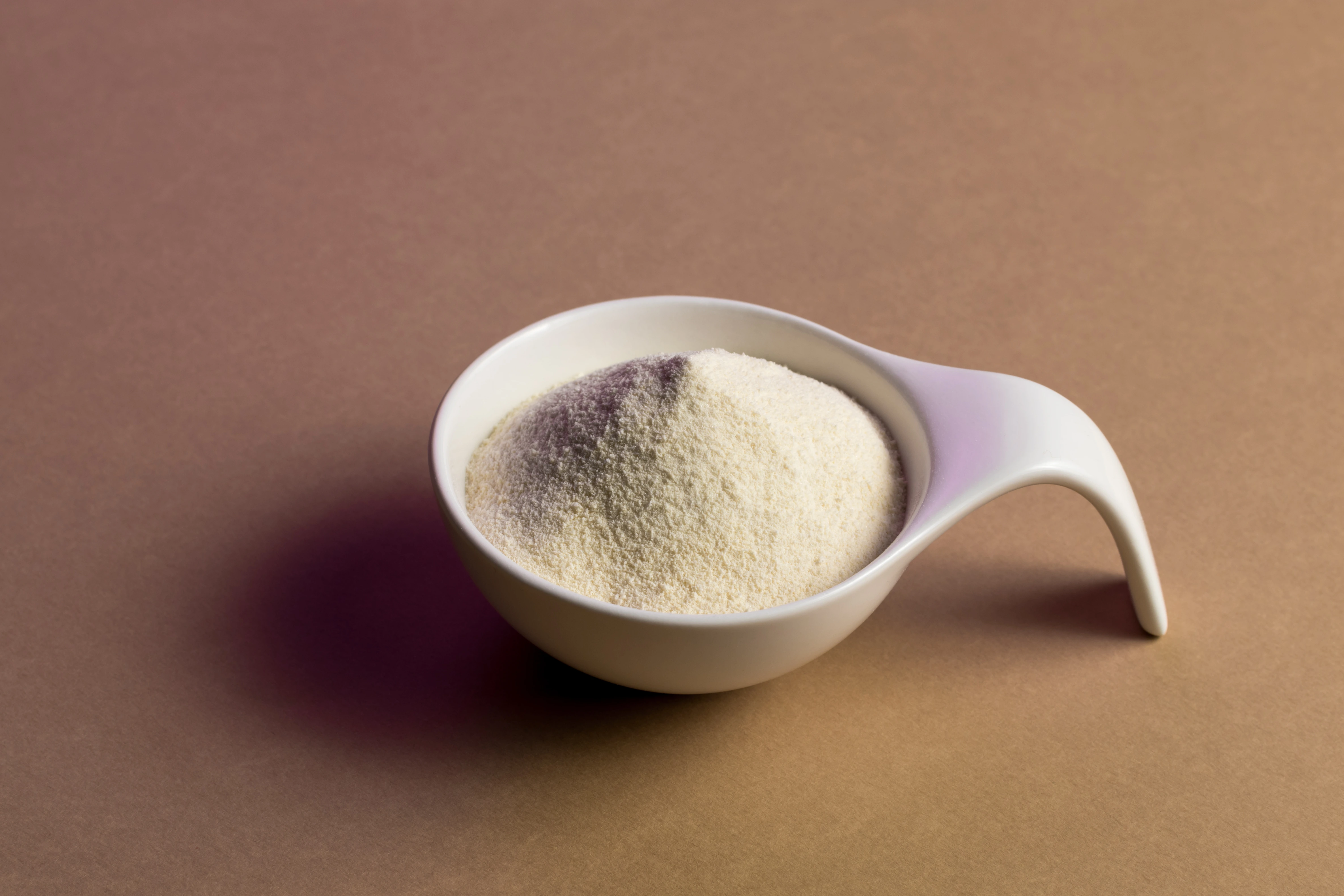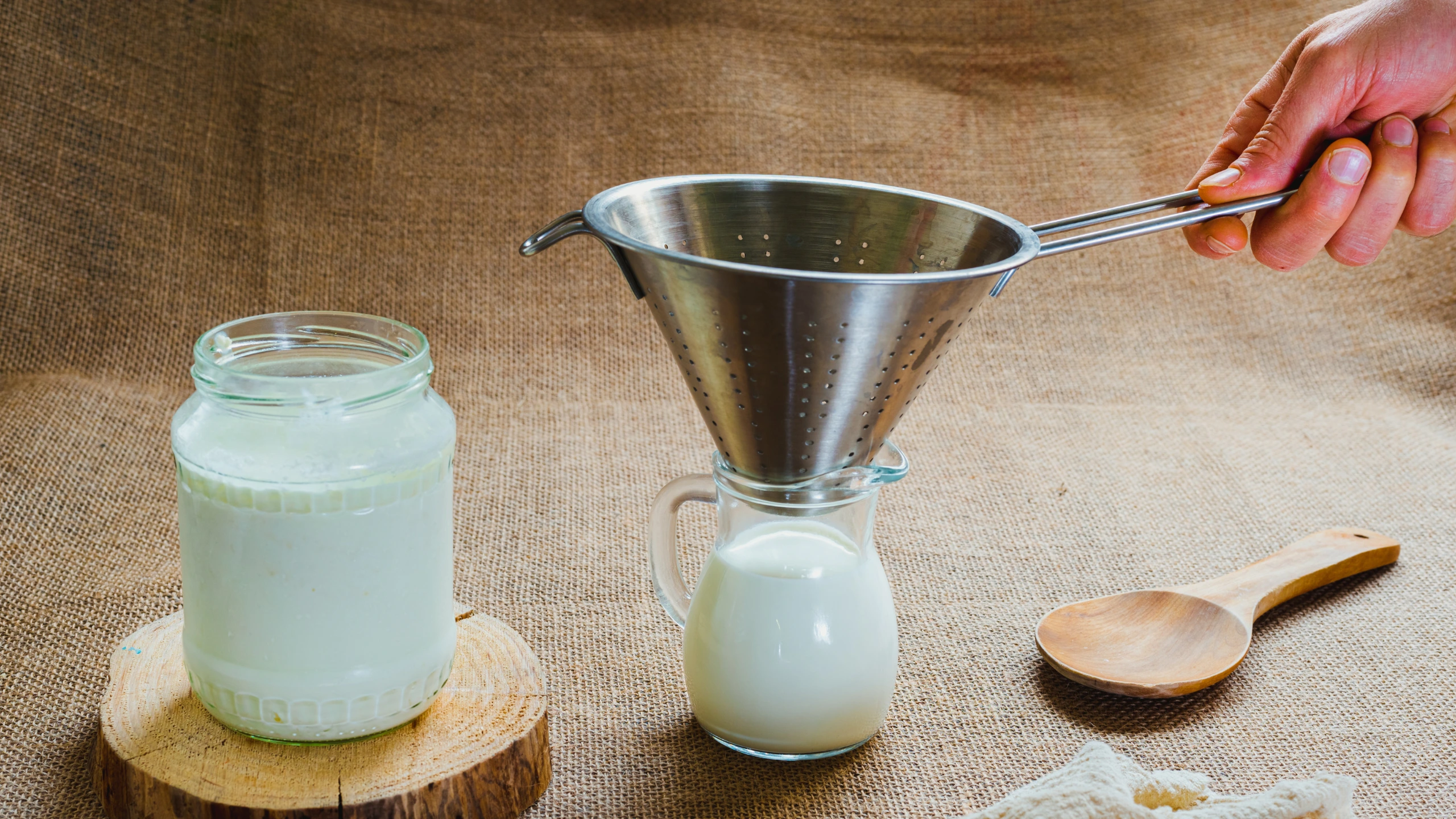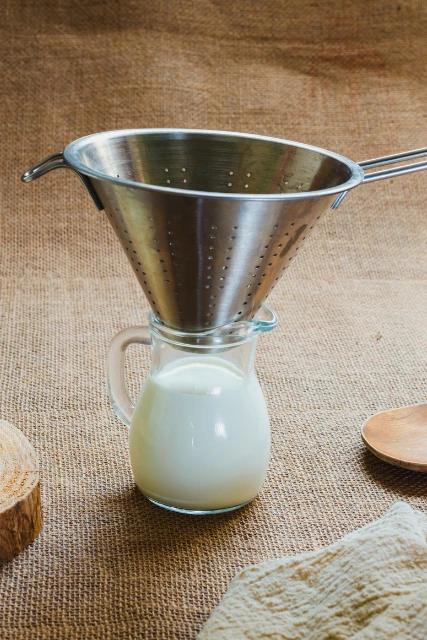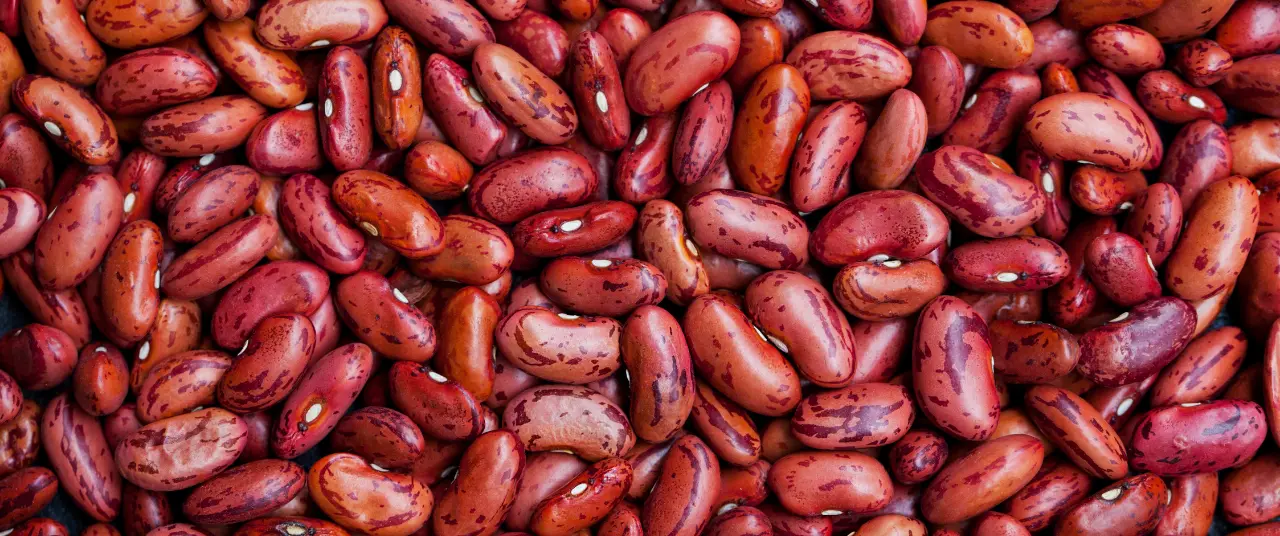High-protein milk simply concentrates the full range of proteins naturally present in milk






Editor's Note: From grocery lists, to fitness priorities, and even healthy snacking, protein is everywhere—but do we truly understand it? In this series, the Good Food Movement breaks down the science behind this vital macronutrient and its value to the human body.
For many of us, the word ‘high-protein’ conjures up images of shaker bottles, supplements, or even tubs of whey powder. But in the past few years, supermarket shelves have introduced another option: high-protein milk. It looks like regular milk, tastes like regular milk, and yet somehow promises nearly double the protein. This has naturally led to the assumption that high protein milk must be fortified with whey powder. Whey is the watery liquid left over when milk curdles, and the solids (curds) are strained out; whey powder, the concentrated protein extracted from this liquid has, in turn, become synonymous with gym culture and quick protein hits.
But high-protein milk is built on a very different principle, one that preserves the pre-existing balance of proteins found in milk rather than isolating and concentrating only one part of it. Instead of adding isolated whey proteins, which would change both its taste and the way our bodies may digest it, high-protein milk simply concentrates the full range of proteins naturally present in milk.
The proteins already present in milk
To understand this distinction, it helps to look at what milk contains. Cow’s milk carries two main proteins: casein and whey. Casein makes up the majority of this content, forming microscopic structures called micelles that stay suspended in milk. Whey makes up the remaining fraction and stays dissolved in the liquid.
This difference sets up the key contrast between proteins that remain blended in this manner (like those found in milk, where casein and whey co-exist) and isolated proteins (like whey powder, which extracts and concentrates only the whey fraction from milk). Blended proteins are digested across different speeds and durations; isolated proteins act quickly and intensely.
Also read: Whey to go: A complete guide to protein
How is high-protein milk made?
High-protein milk keeps this natural casein–whey blend intact. Instead of adding isolated protein, producers run fresh milk through a process called ultrafiltration. Think of it as a very fine sieve: water, lactose, and some minerals pass through, while the larger molecules of casein and whey stay behind. When the retained portion is recombined, you end up with milk that has more protein per millilitre and a higher calcium concentration (calcium is bound to casein micelles, which the process of ultrafiltration retains). Meanwhile, it keeps the original casein-to-whey ratio more or less intact.
This is the crucial distinction. Whey powder also uses ultrafiltration, much to the same degree. However, in contrast to high-protein milk, where ultrafiltration is applied to whole, fresh milk, only the whey liquid, where casein has already been removed in the curds, is subject to this process in the making of whey powder. Hence, unlike whey powder, which strips away the casein and delivers only the fast-acting part of milk’s protein, high-protein milk makes denser the full protein profile naturally present in the milk.
High-protein milk, by retaining this natural blend and simply concentrating it, supports both immediate recovery and longer-term maintenance,
This matters because the human body responds differently to blended proteins than to isolated ones. Whey is rapidly digested. So when you consume whey—an isolated protein—alone, you get a sharp, immediate rise in amino acids. This is excellent after a workout, when your muscle tissue is primed to repair itself. But that benefit lasts only for a limited window.
Meanwhile, casein digests slowly because it forms a soft curd in the stomach, giving a prolonged, steady release of amino acids. With its slow-release, casein stretches this window out. This is why research often describes the natural combination of casein and whey found in milk as offering both a ‘burst’ and a ‘supply line’ of amino acids. High-protein milk, by retaining this natural blend and simply concentrating it, supports both immediate recovery and longer-term maintenance, making it useful for people who want to tailor their protein intake to not just to workouts, but also to the long-term strengthening and functioning of the body—like steadier blood pressure, boosted immunity and bone development.

Also read: Protein traceability: Why knowing where your milk and pulses come from matters
High-protein milk fits into everyday eating
When evaluating these two sources of protein, there’s also the question of how the body uses this nutrient throughout the day. The broader science around muscle protein synthesis (MPS) indicates that our muscles respond best when we give them moderate amounts of high-quality protein at regular intervals. Since high-protein milk behaves like milk—just denser—it can be slotted naturally into meals and snacks without taking a supplement. In practical terms, this makes it easier to distribute protein intake across breakfast, lunch, and dinner, a strategy that supports better synthesis and reduces the peaks and troughs that come with having most of our protein during the heavier meals of lunch and dinner.
High-protein milk, however, also has its limitations. Since it’s still milk, it retains lactose unless the manufacturer removes it separately—making it unsuitable for people with lactose intolerance. And while it offers more protein per serving than regular milk, it can’t match the sheer density of whey isolate, which is designed for people who need a large protein dose without extra fluid, fat, or carbohydrates. Its value lies elsewhere: as a whole-food, everyday option that fits naturally into the diet without leaning on supplement logic.
A food-first way to increase protein
In the landscape of high-protein eating, it is easy to collapse all protein sources into the same bucket. But understanding the difference between high-protein milk and whey powders reminds us that how protein is delivered is as important as how much of it we consume. One is a concentrated version of a food we already understand; the other is a targeted supplement engineered for speed and a low protein-to-calorie ratio. Both have their place, but if your goal is to eat more protein embedded into your natural diet—with a balance that supports sustained recovery, fullness, and steady muscle maintenance—high-protein milk may fare better for your body.
Also read: The ‘right time’ to eat protein: Little and often, rather than in one meal
Explore other topics
References






.avif)




